Let’s look at how to create installation package Kaspersky Security Center 13.2. A Kaspersky installation package is a group of files created for remote installation of Kaspersky software using Kaspersky Security Center. The Kaspersky installation package comprehends a range of settings necessary to install the software and get it running quickly after installation. Settings coincide with application defaults. The installation package of Kaspersky Endpoint Security is common for all supported Windows operating system versions and processor architecture types.
Create an Installation Package Kaspersky
Open the Kaspersky Security Center console and expand advanced settings. Under the Remote installation settings, click on the Installation Packages subfolder.
Click on the Create Installation Package button to create the New Package Wizard.
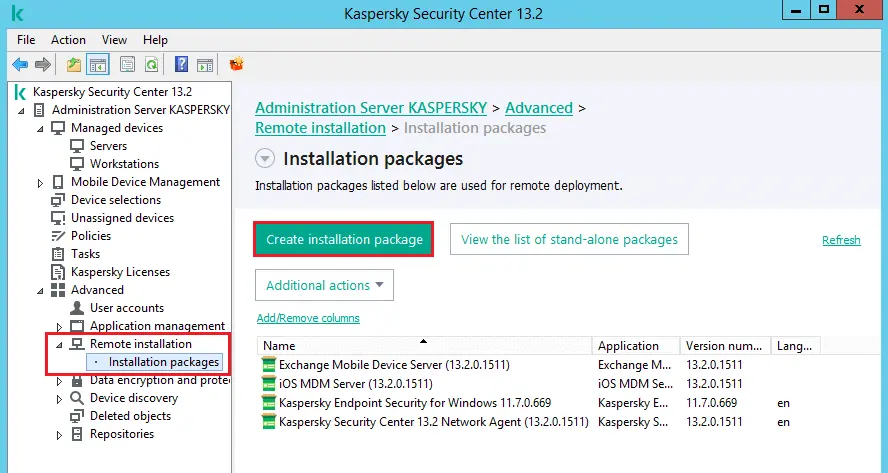
Select the installation package window of the new package wizard, and select one of the following buttons.
I am going to create an installation package for a Kaspersky application.
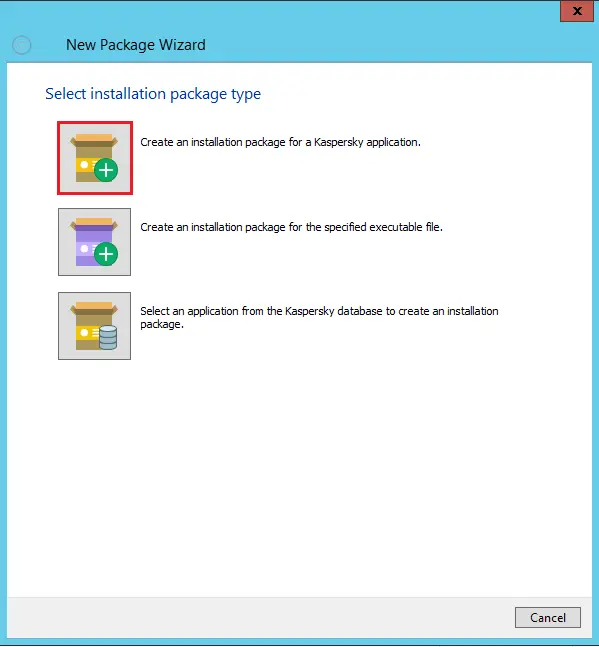
Specify the custom installation package name on the defining the installation package name and then click next.
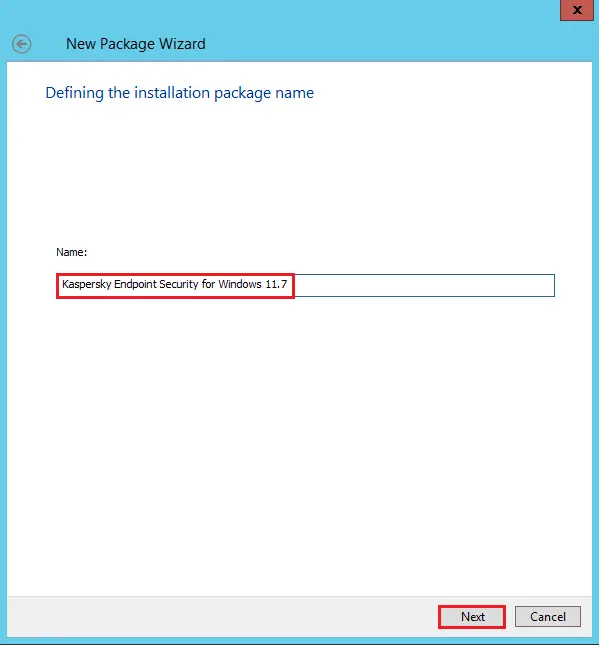
Click on the Browse button to select the distribution package for installation.
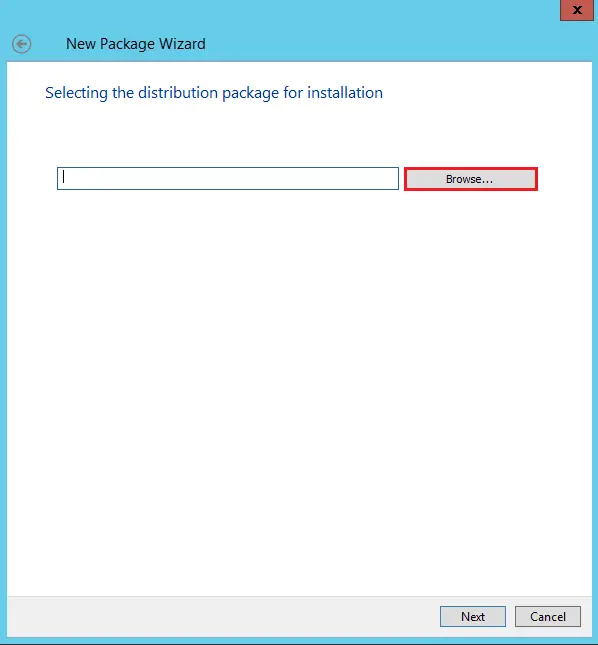
A Window will pop up, and select an archive file located on the available drive to create a custom installation package.
You can download the distribution package from Kaspersky.
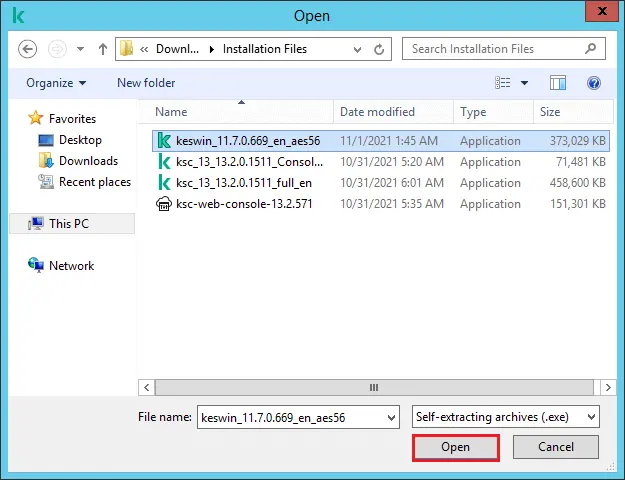
The Kaspersky application distribution package archive is unpacking.
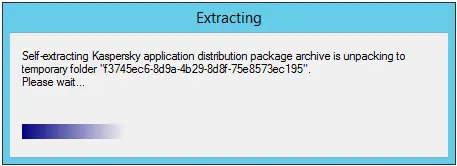
After selecting the distribution package, click next.
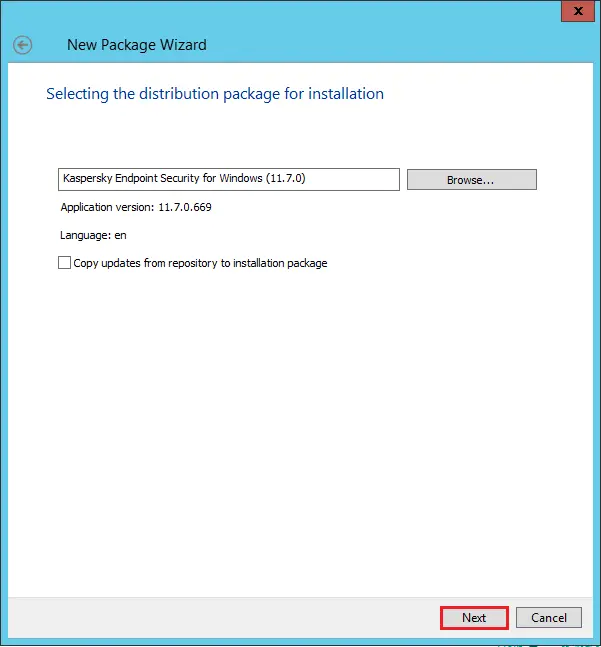
Now, creating the custom installation package has been started.
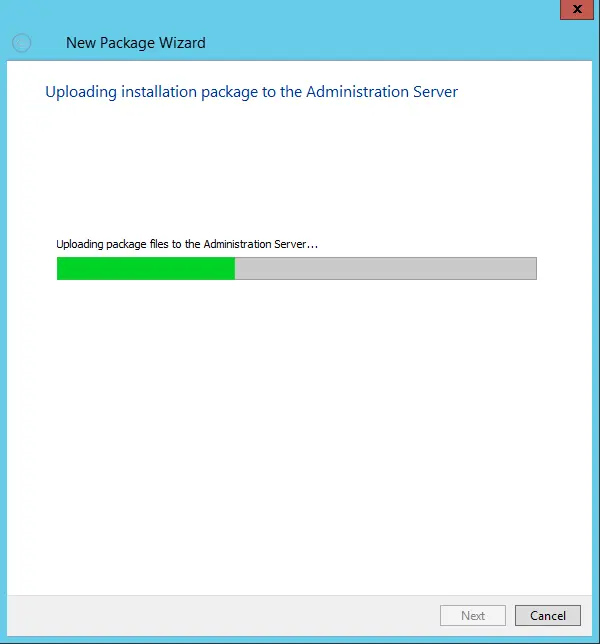
The Kaspersky endpoint security for Windows installation package was successfully created, click on the finish button.
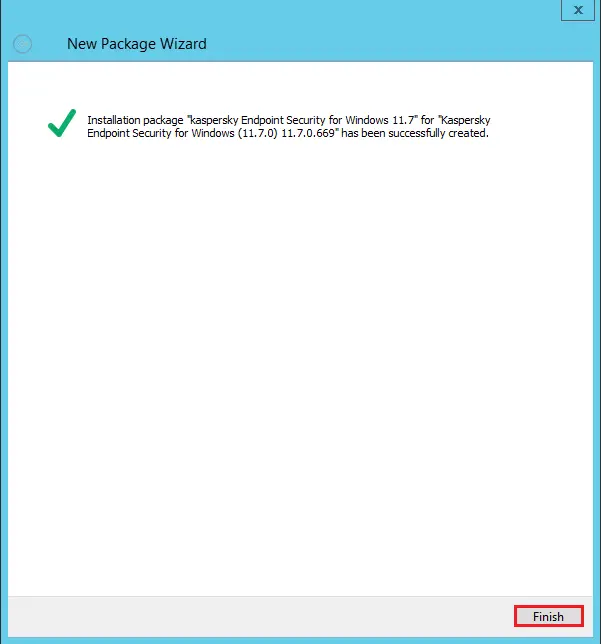
Now, you can find the installation package (Kaspersky endpoint security for Windows) under the installation packages.
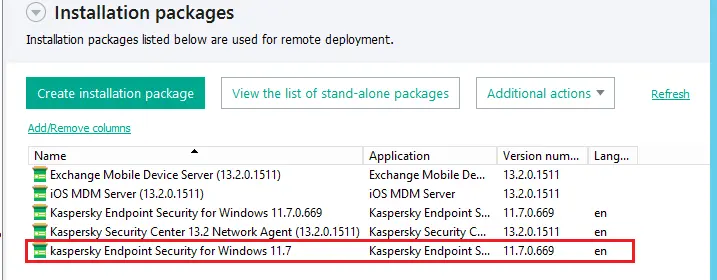
The Kaspersky endpoint security for the Windows installation package we created is downloaded to the Packages subfolder name (KLSHARE) of the administration server shared folder. After downloading the installation package, the custom installation package appears in the list of installation packages.


